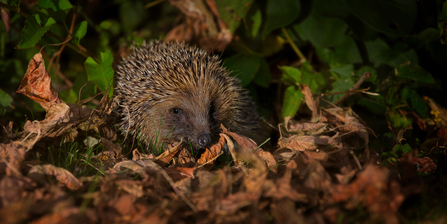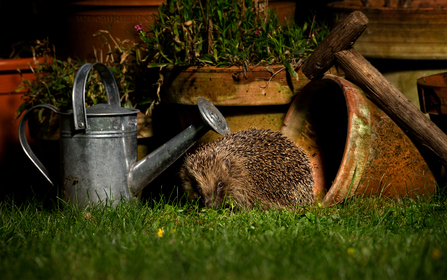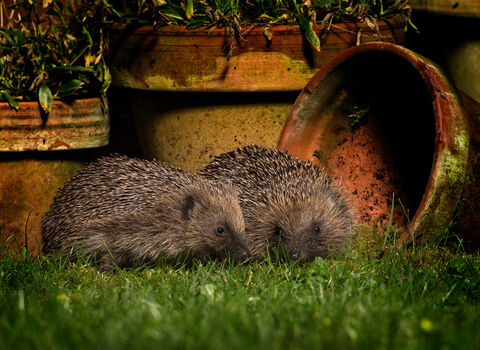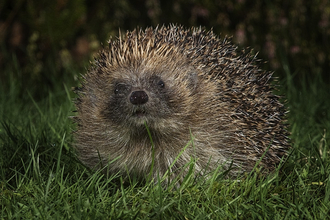It's time to look back at the results of this year's Hedgehog Hotspots survey! Thank you to everyone who took the time to submit a sighting this year, it's truly appreciated.
Join us as we dive into the results to see what they can tell us about how our local hedgehogs are doing this year, how this aligns with the bigger picture, and what we can all do to help these precious mammals.

















